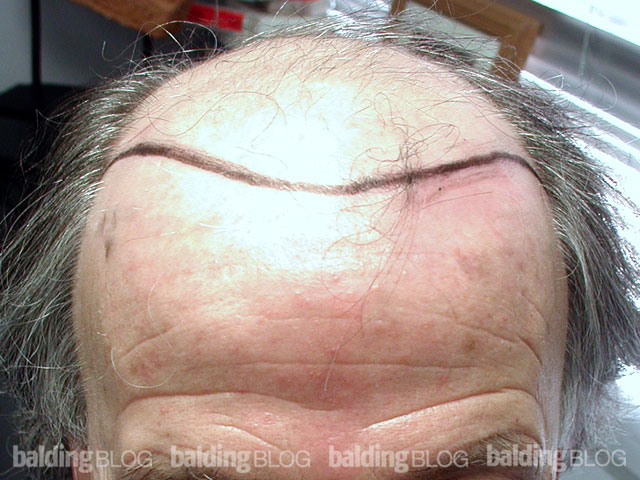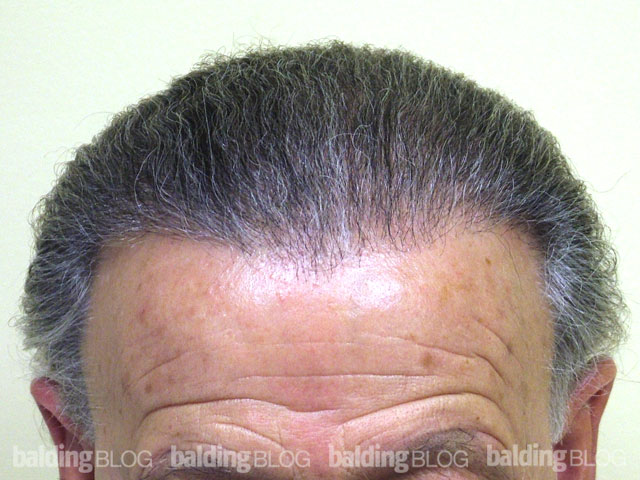Hi Dr Rassman,
I have lost my hair since i was 25. I had 2 procedures so far with xxxx Medical Group for a total of about 1700 grafts and it seemed like every time after i had a procedure, my hair fell out even more. I am class 4 now and i am not really happy at all with my results. I am now interested in another procedure and I wonder how many grafts you can do per procedure? Please respond and thank you for your time.

Hair transplants in young men, often accelerate hair loss unless they are on some protection like the drug Propecia. The hair loss associated with a hair transplant impacts the original hair and is called an Anogen Effluvium. After the first transplant, an Effluvium rarely occurs again provided the second transplant is performed in the next 2-5 years.
In my practice, we can perform as many as 5000 grafts in a single session provided that the scalp is loose and the densities are very good. We routinely perform at least one procedure each day in excess of 2500 grafts, but this is a matter of matching donor supply and recipient area need. The correct balance between these two, will minimize just how many surgeries one might need. We do like to put the highest densities in each session to minimize the number of sessions. Most people get what they want in one or two sessions, unless they are really extensively bald.


